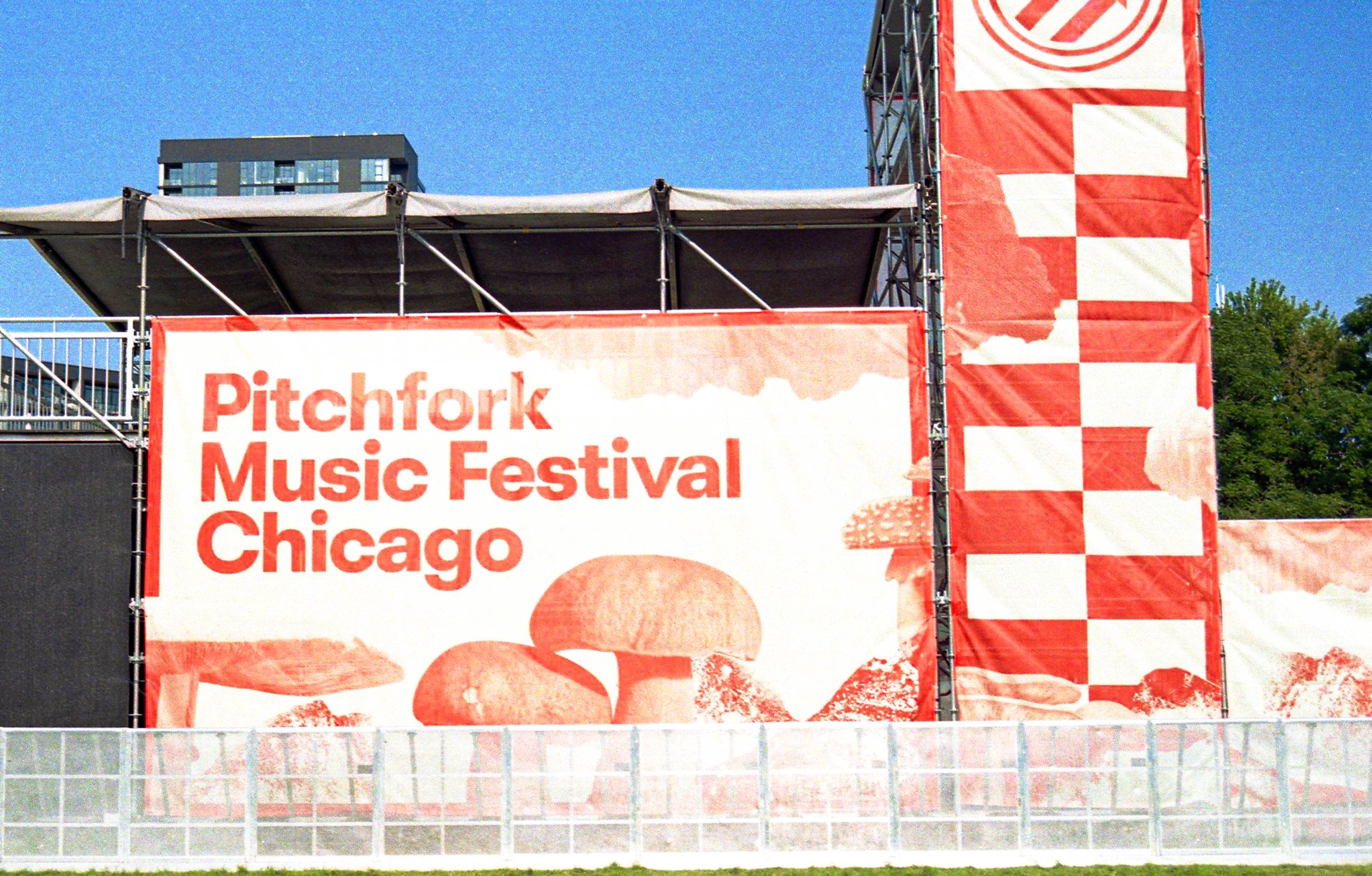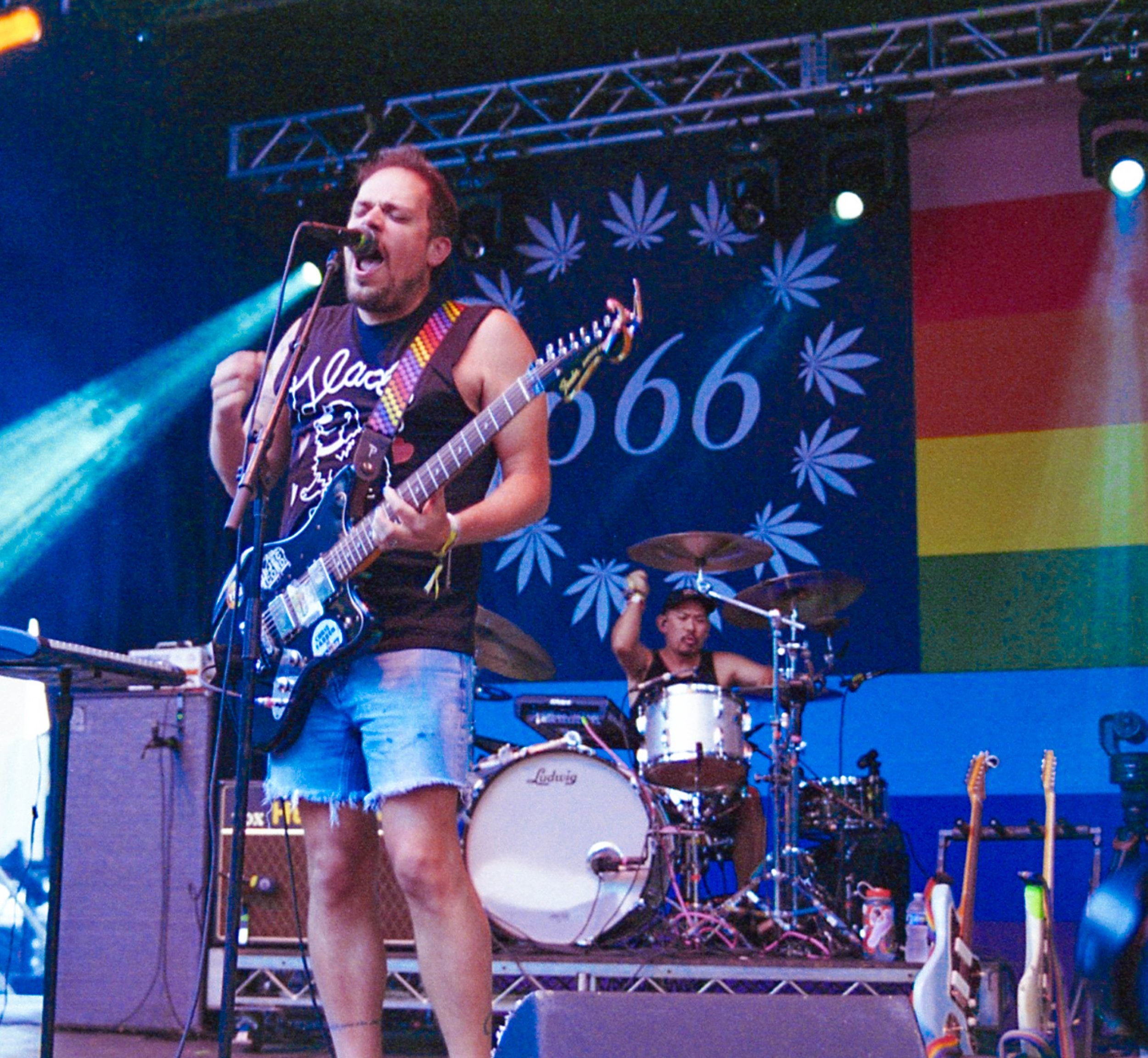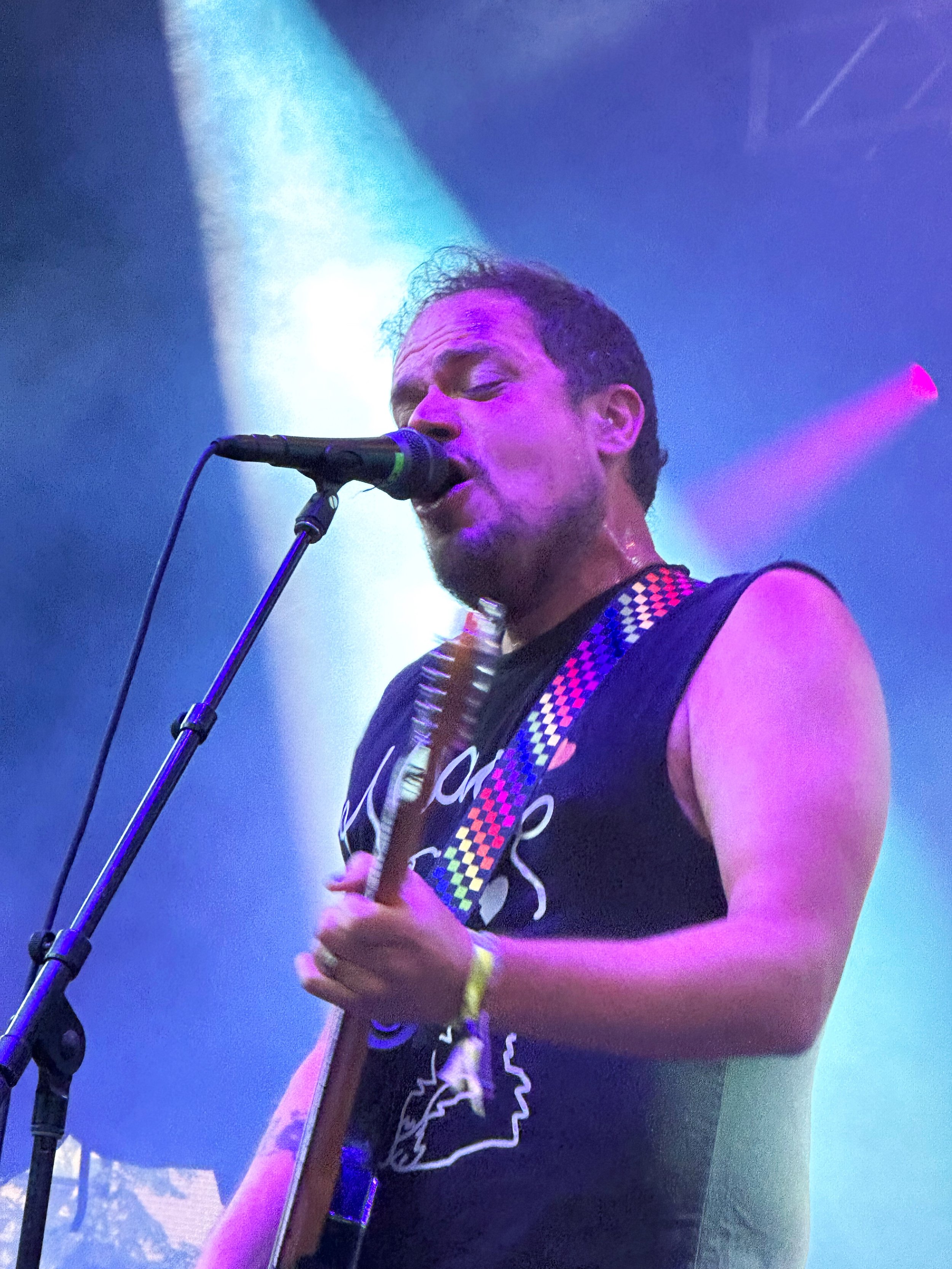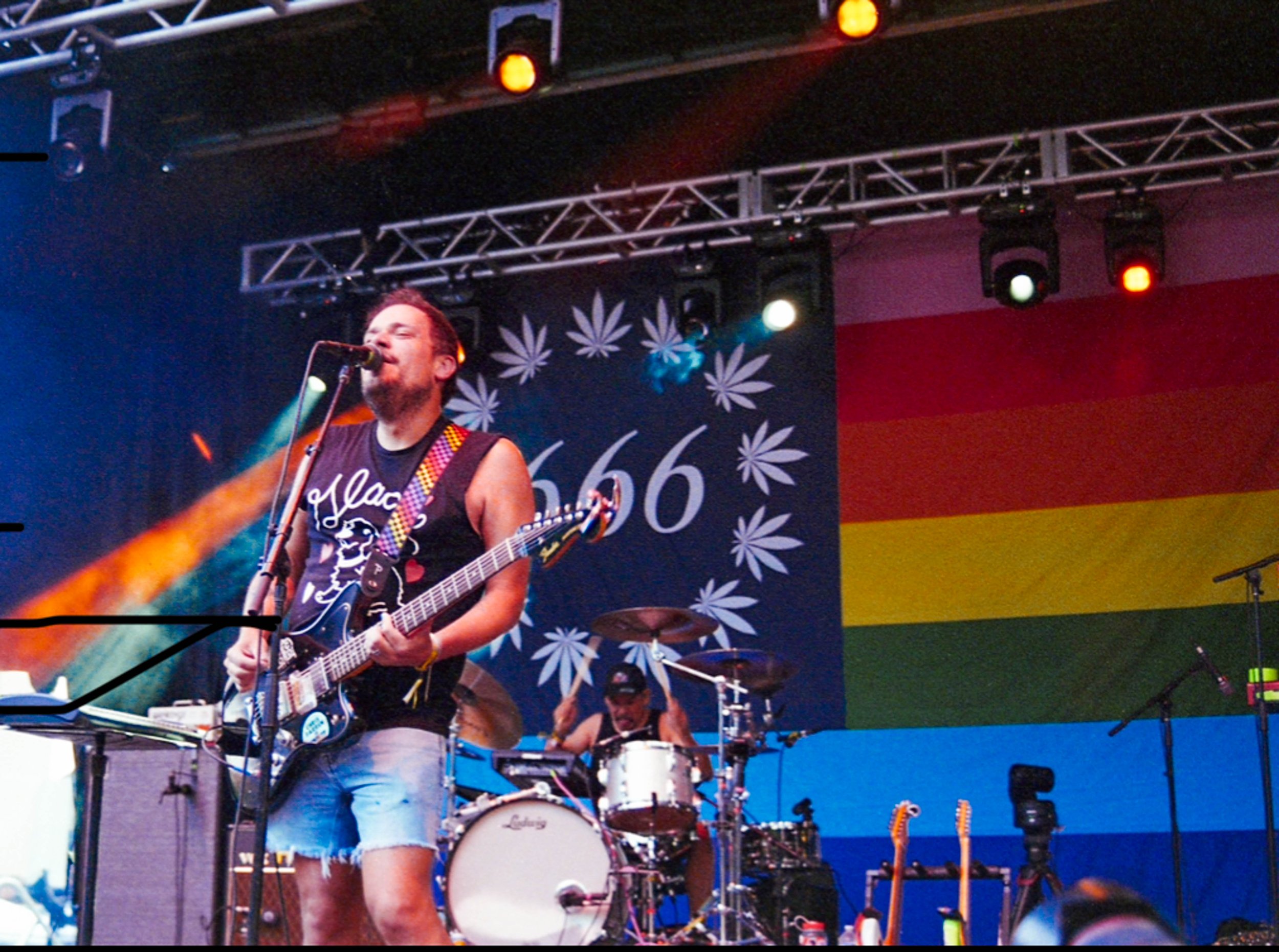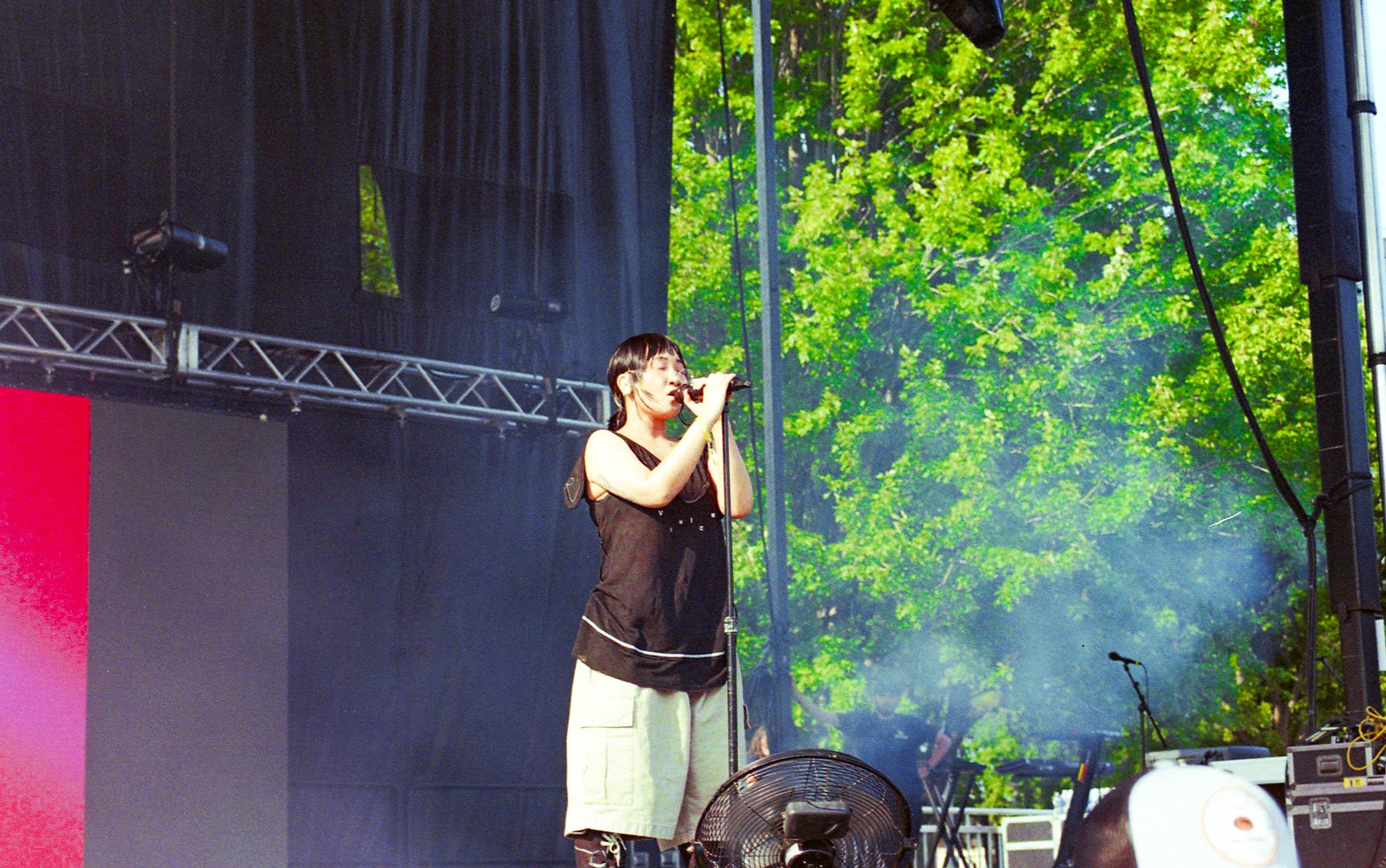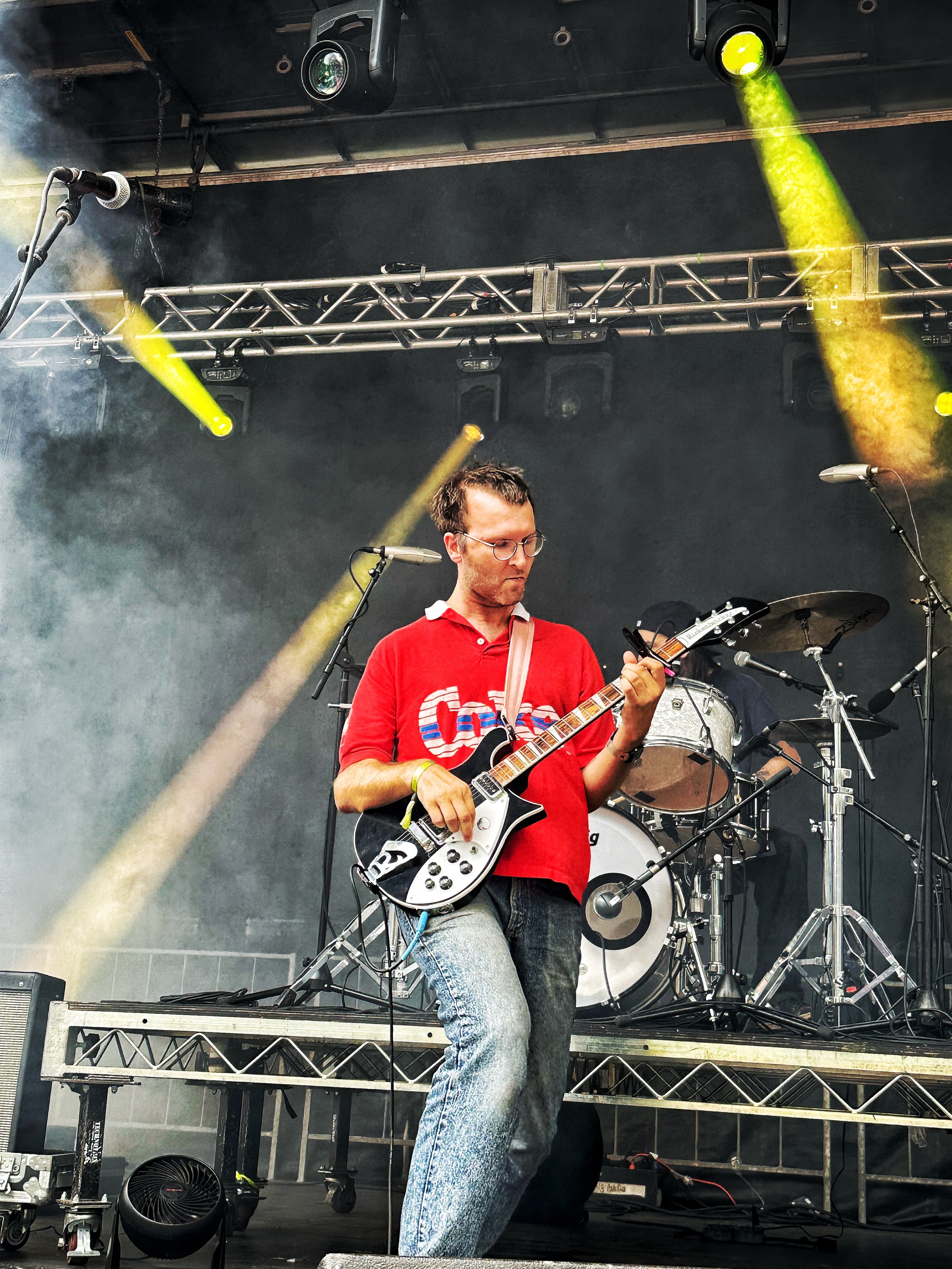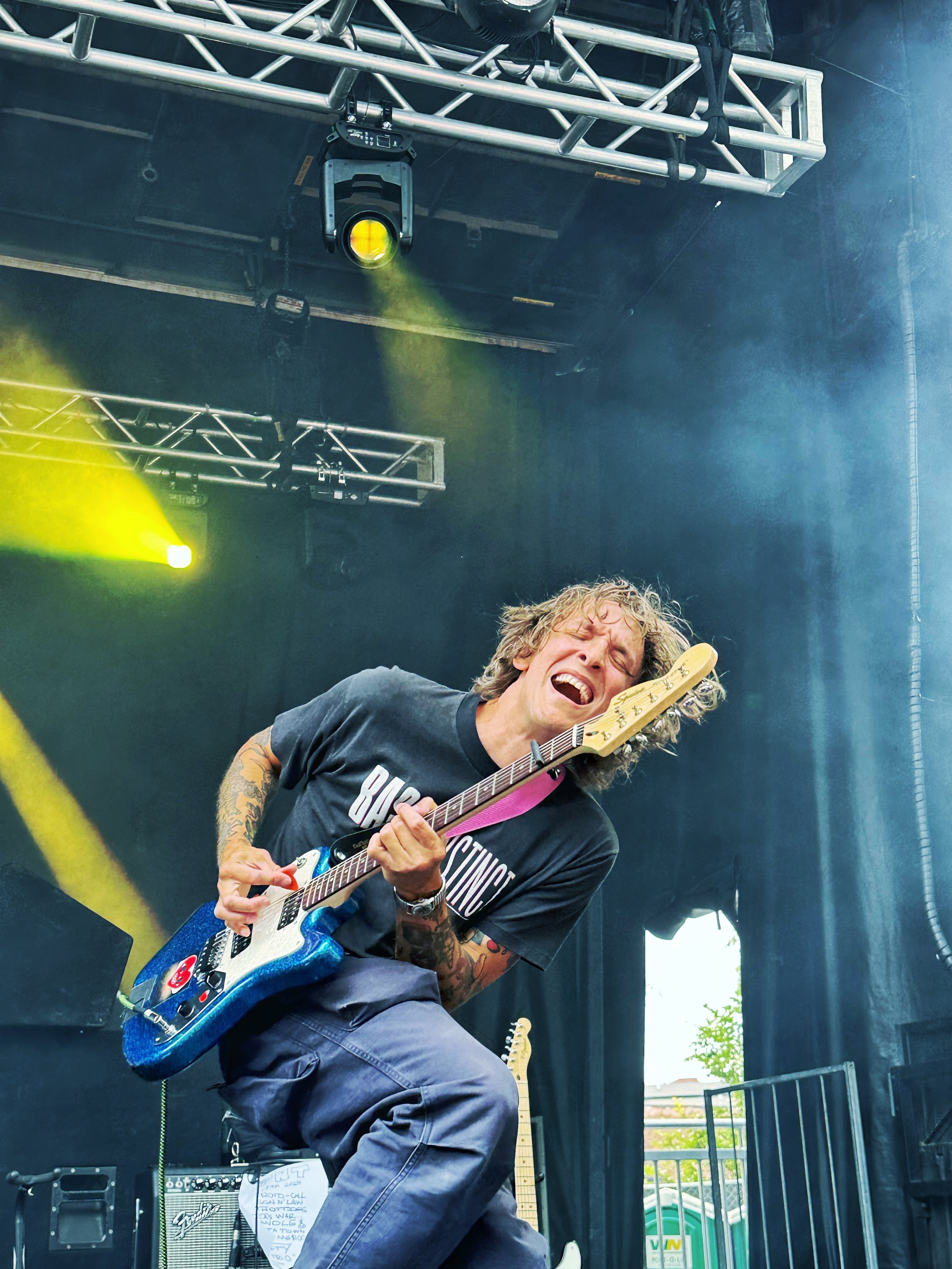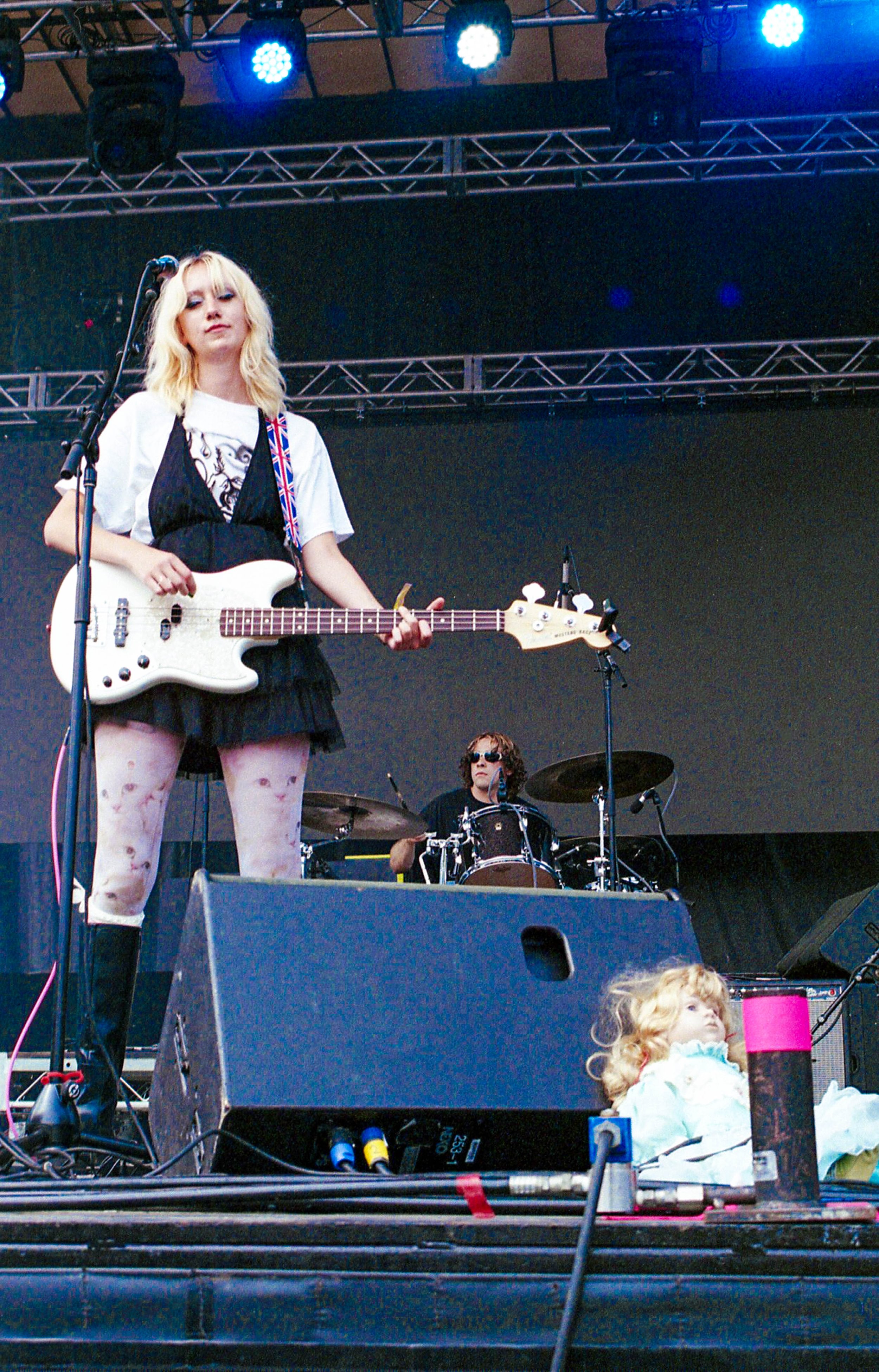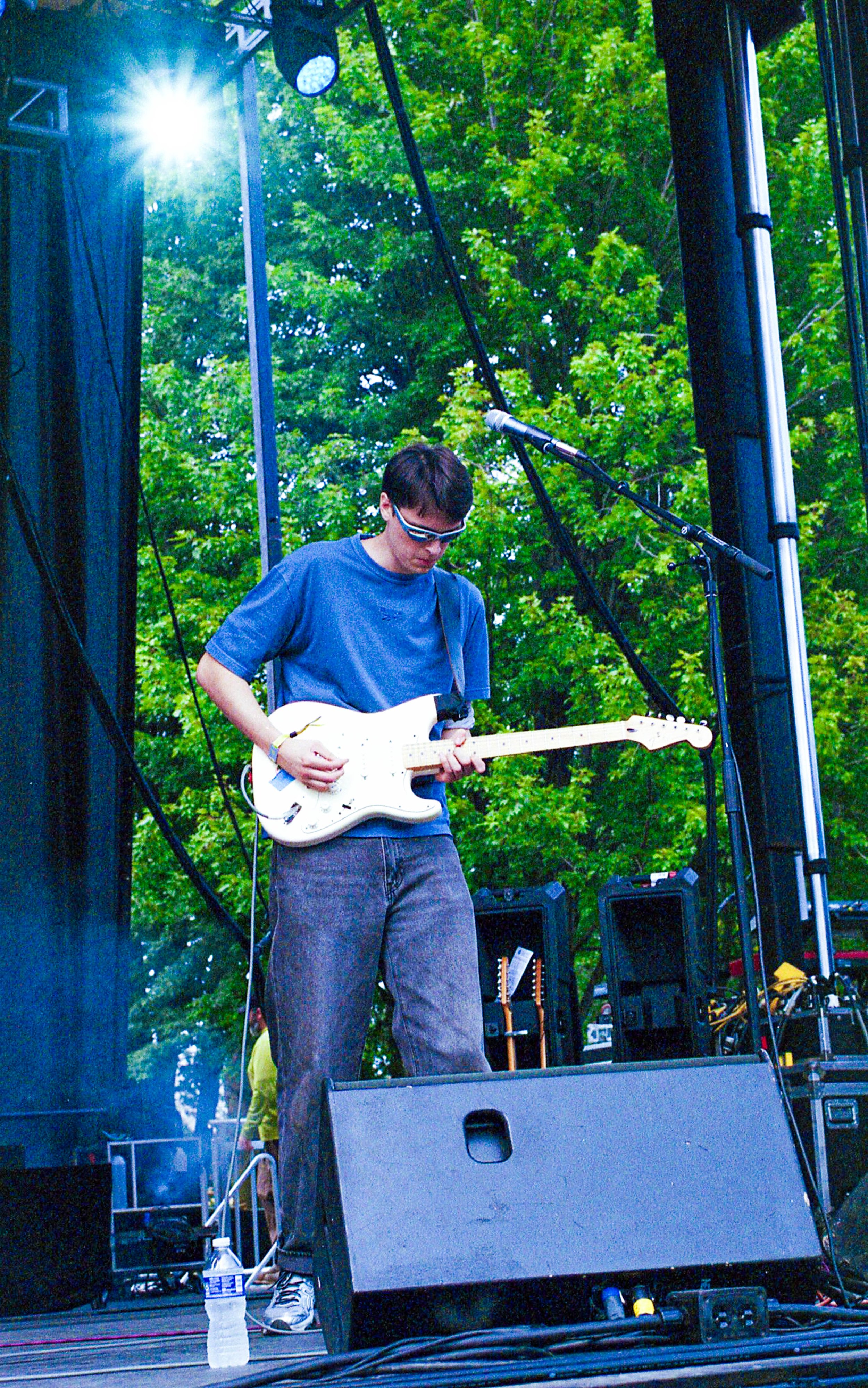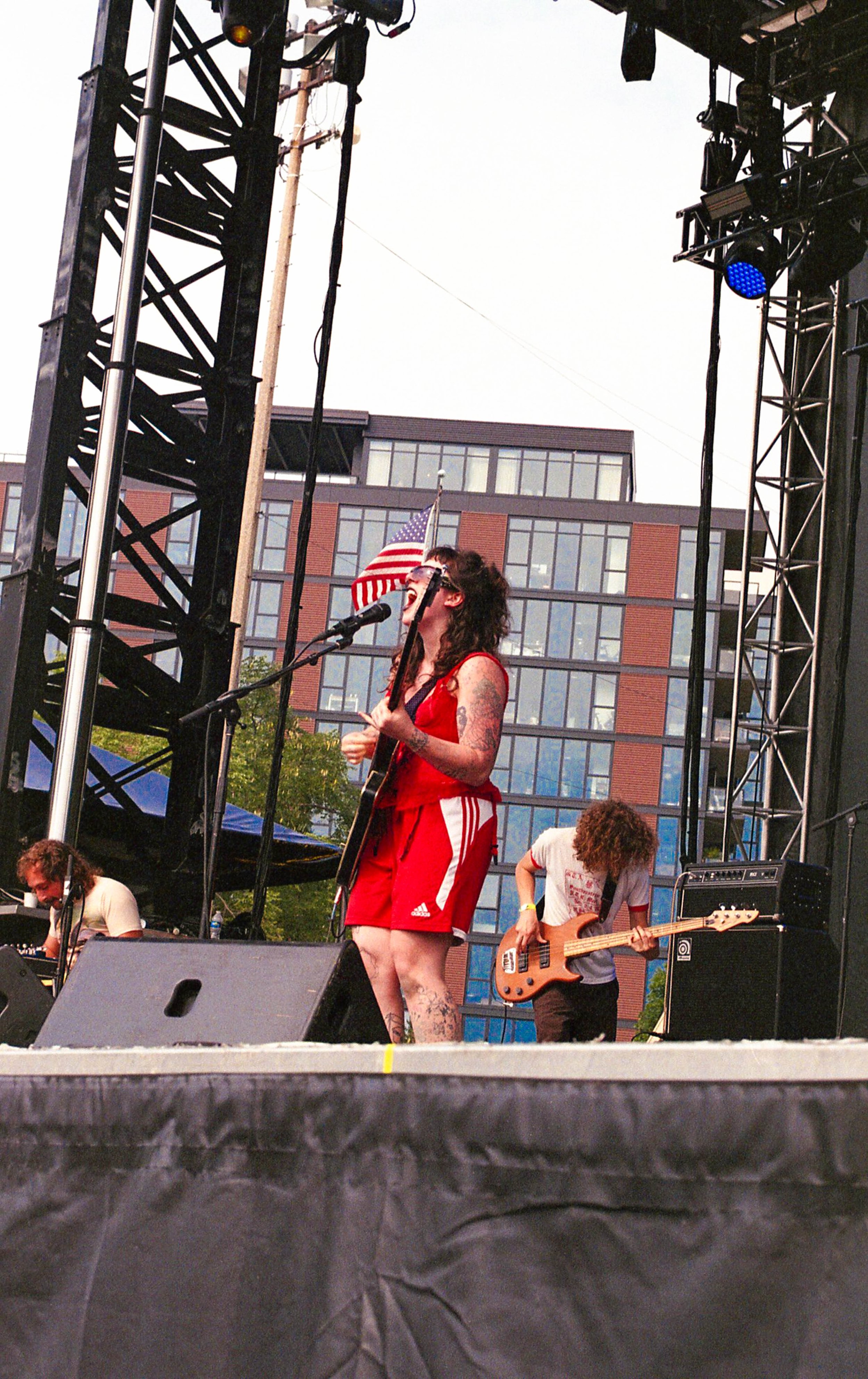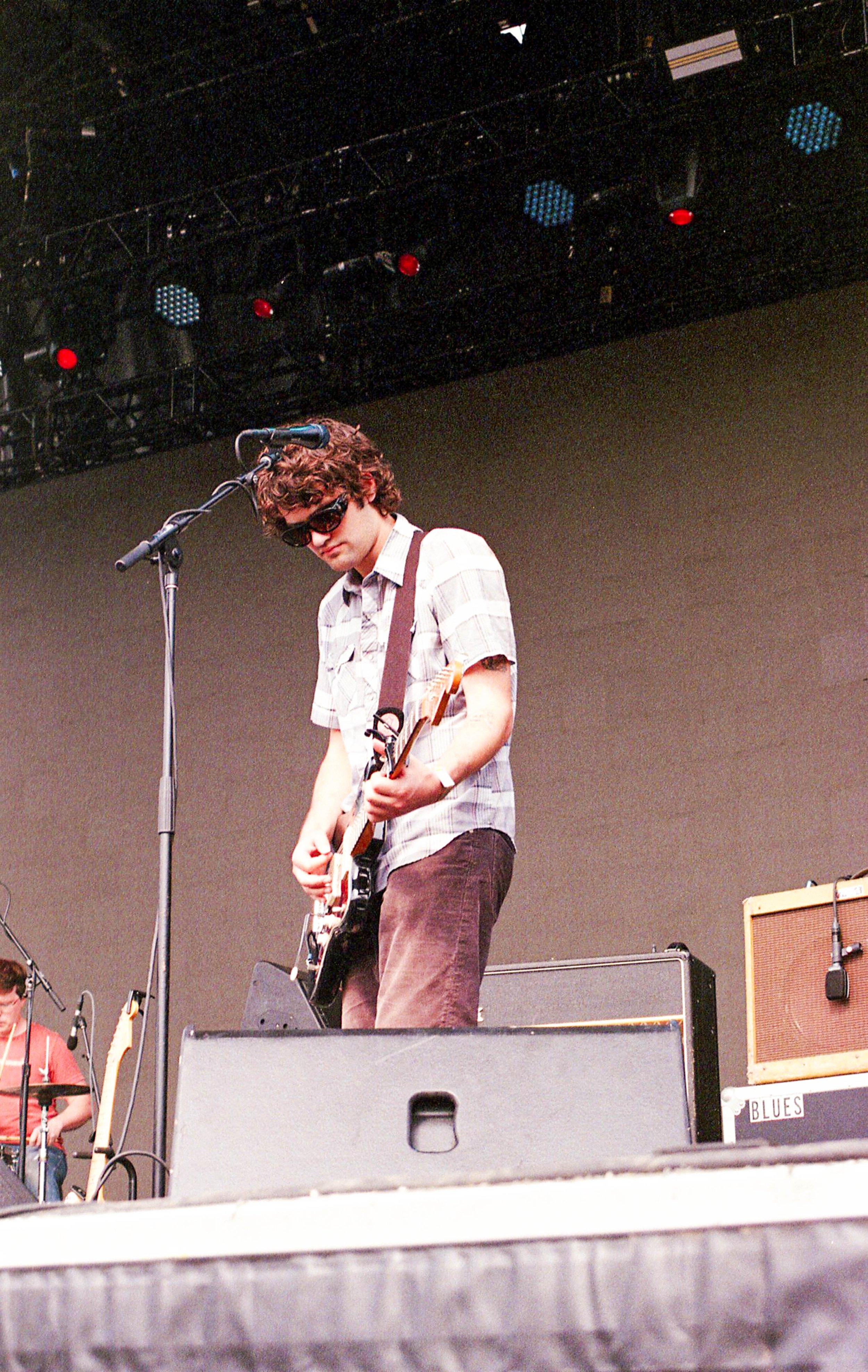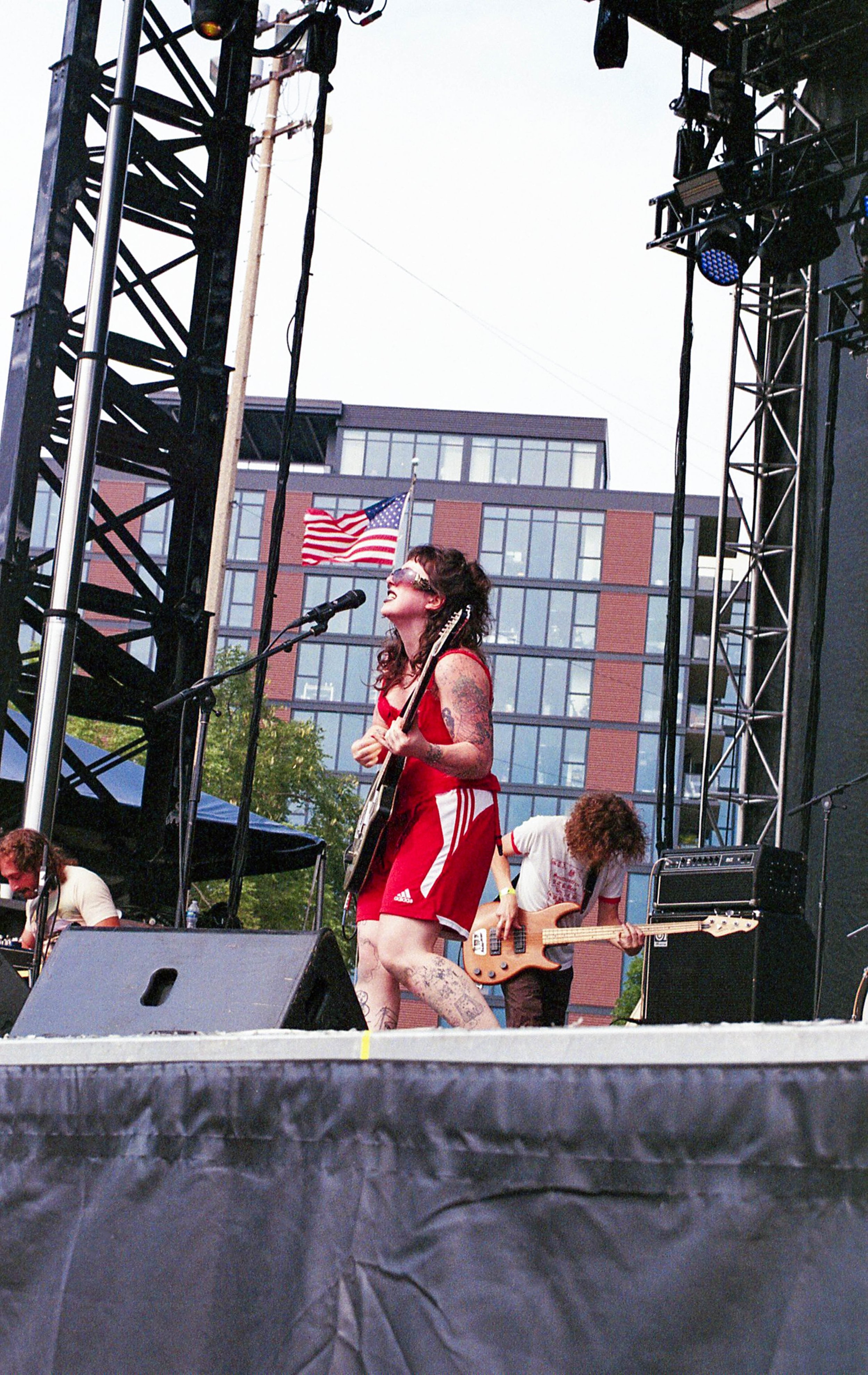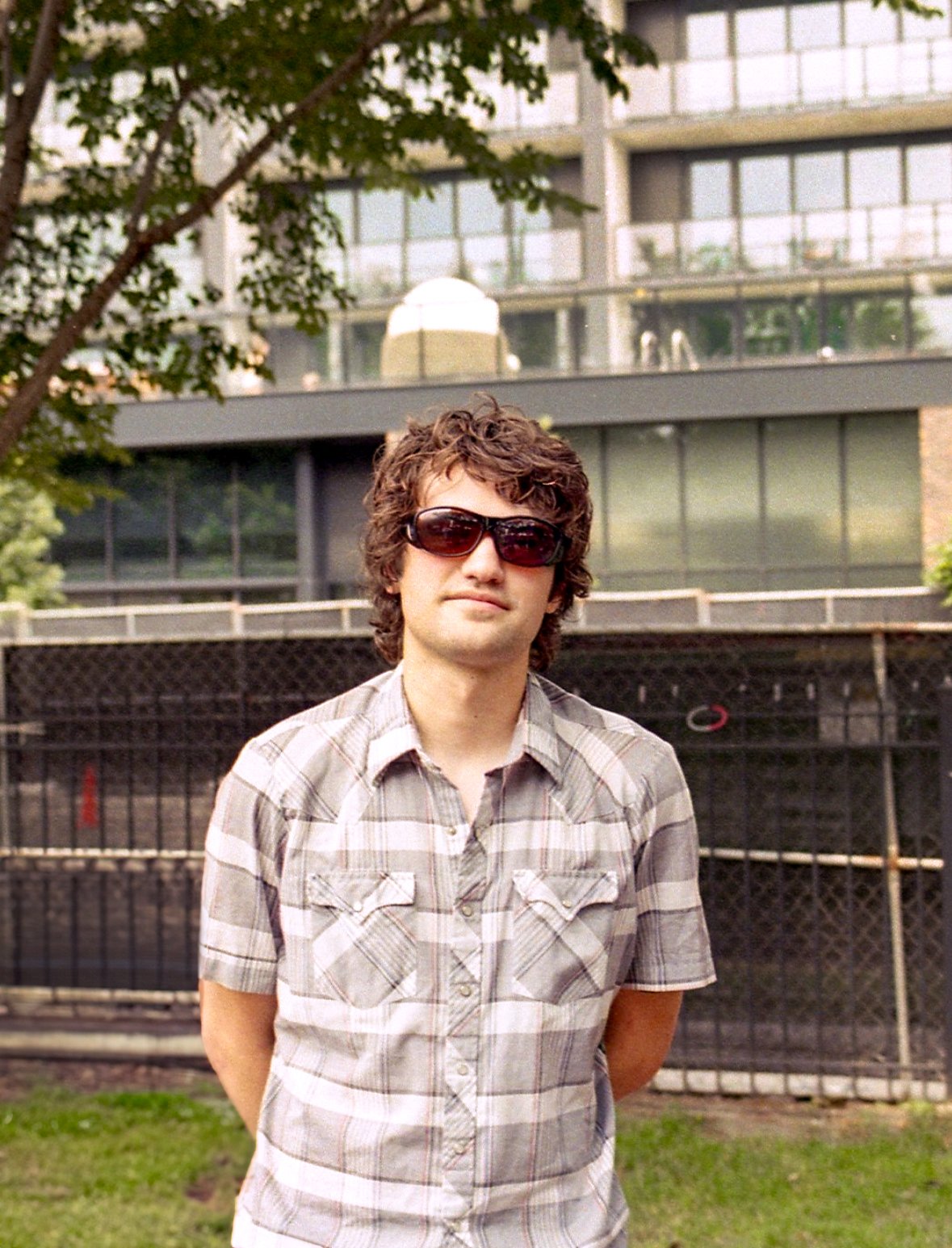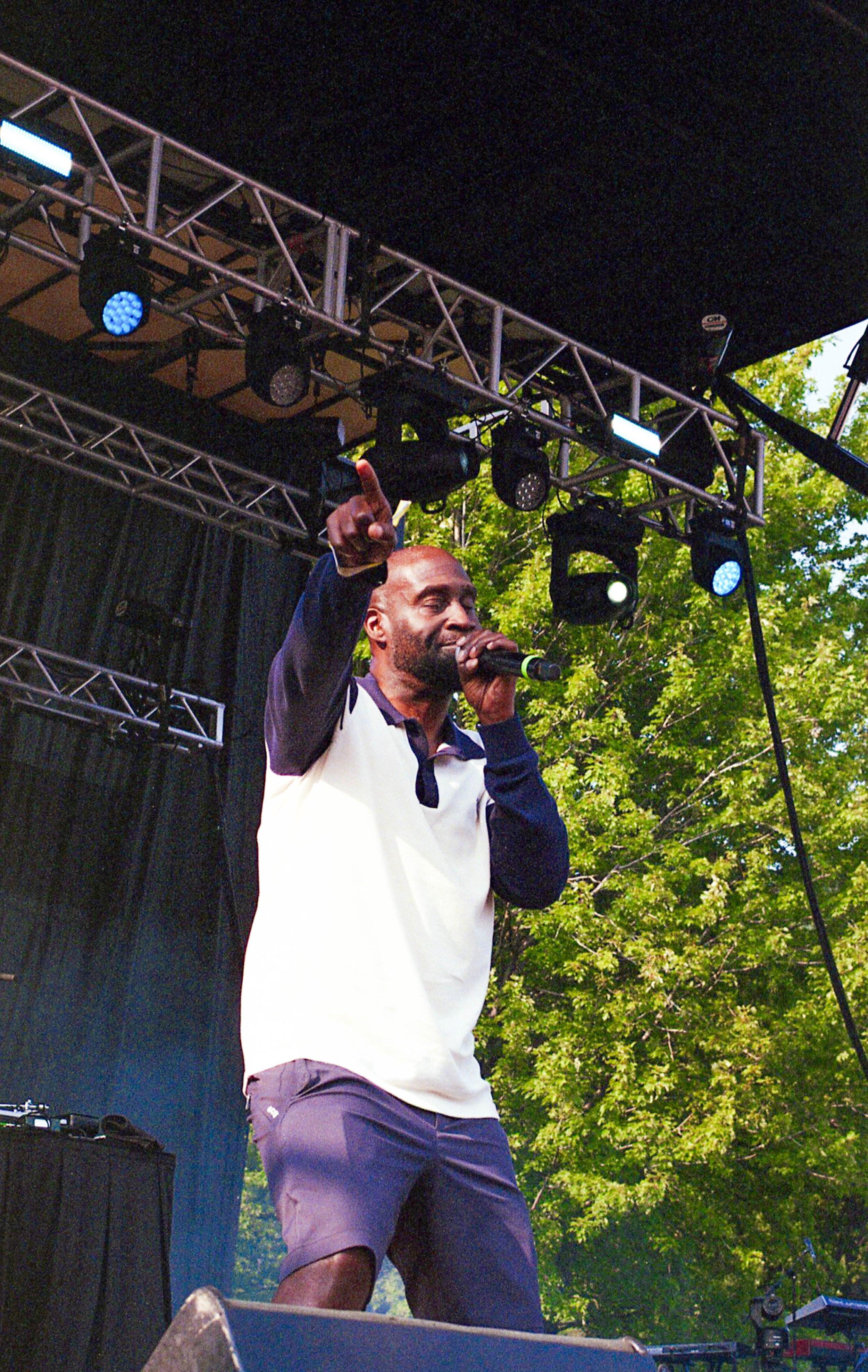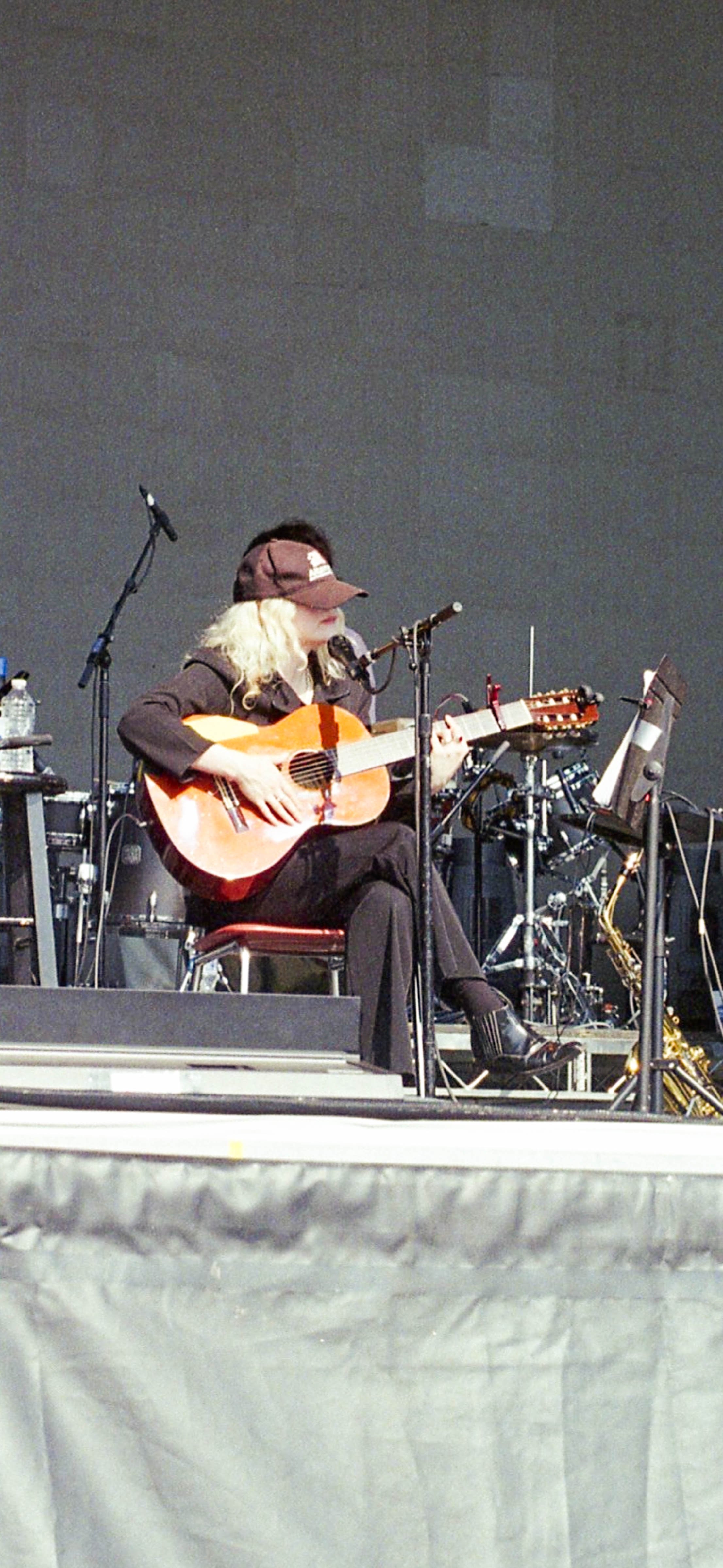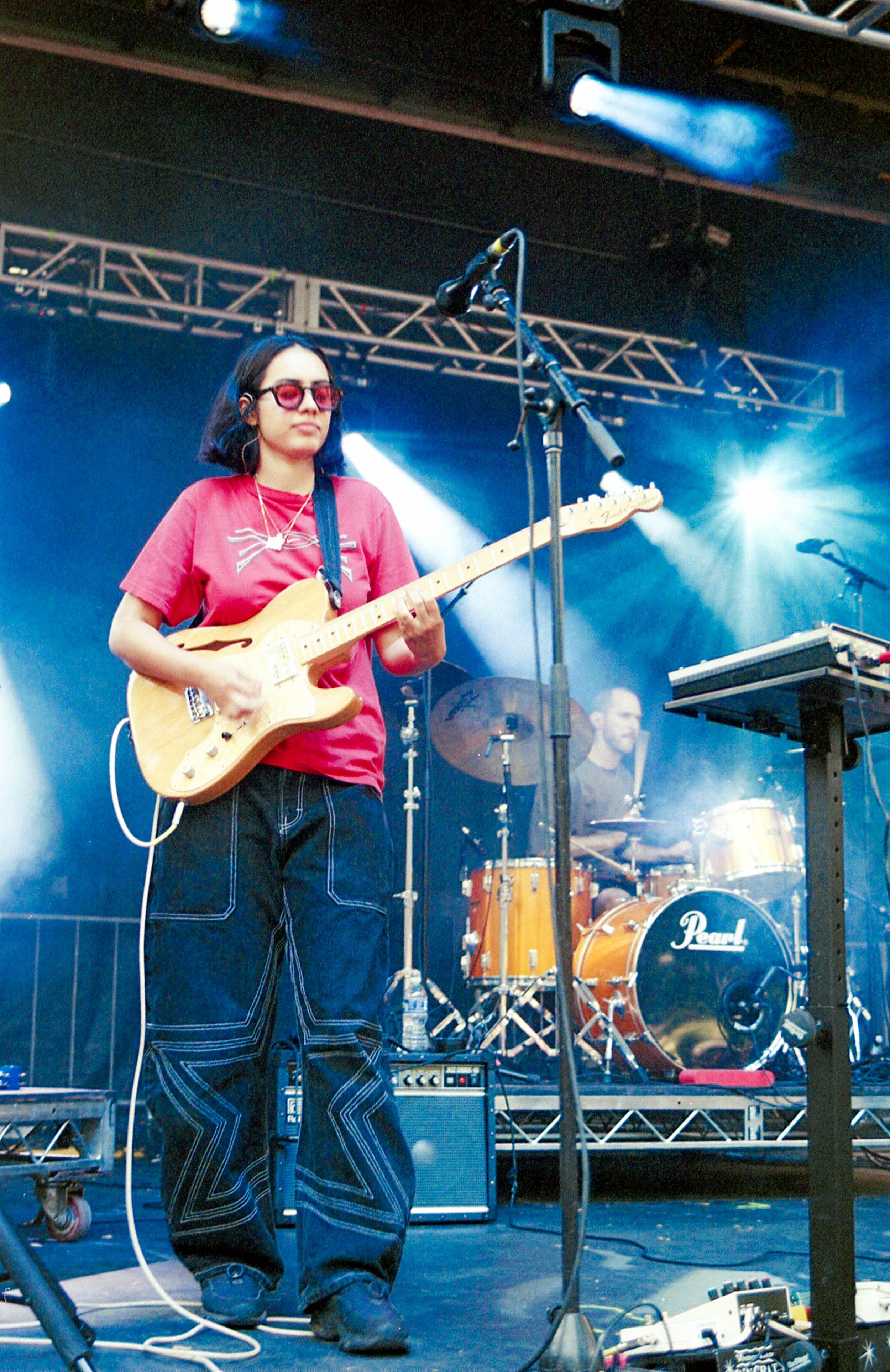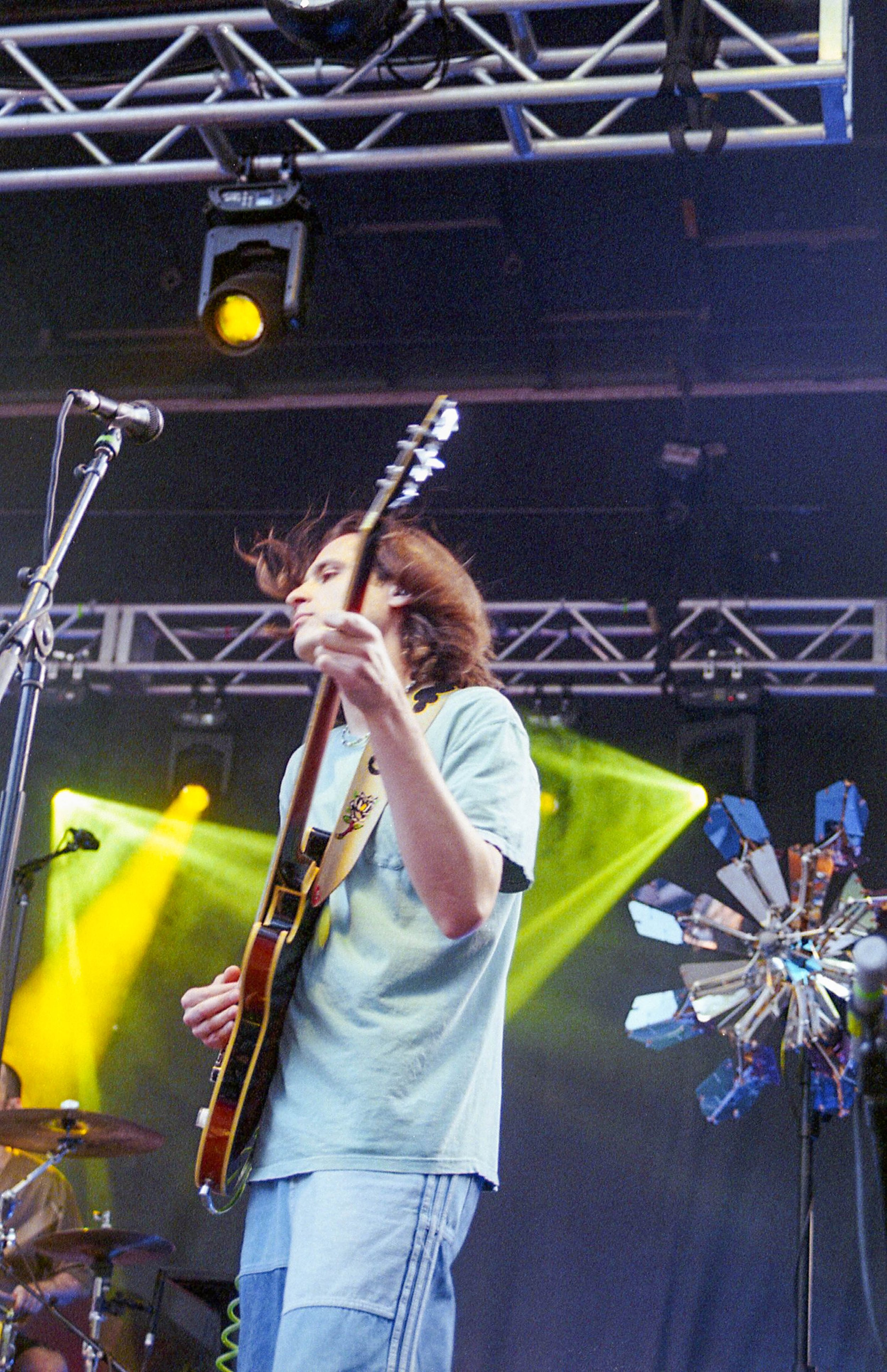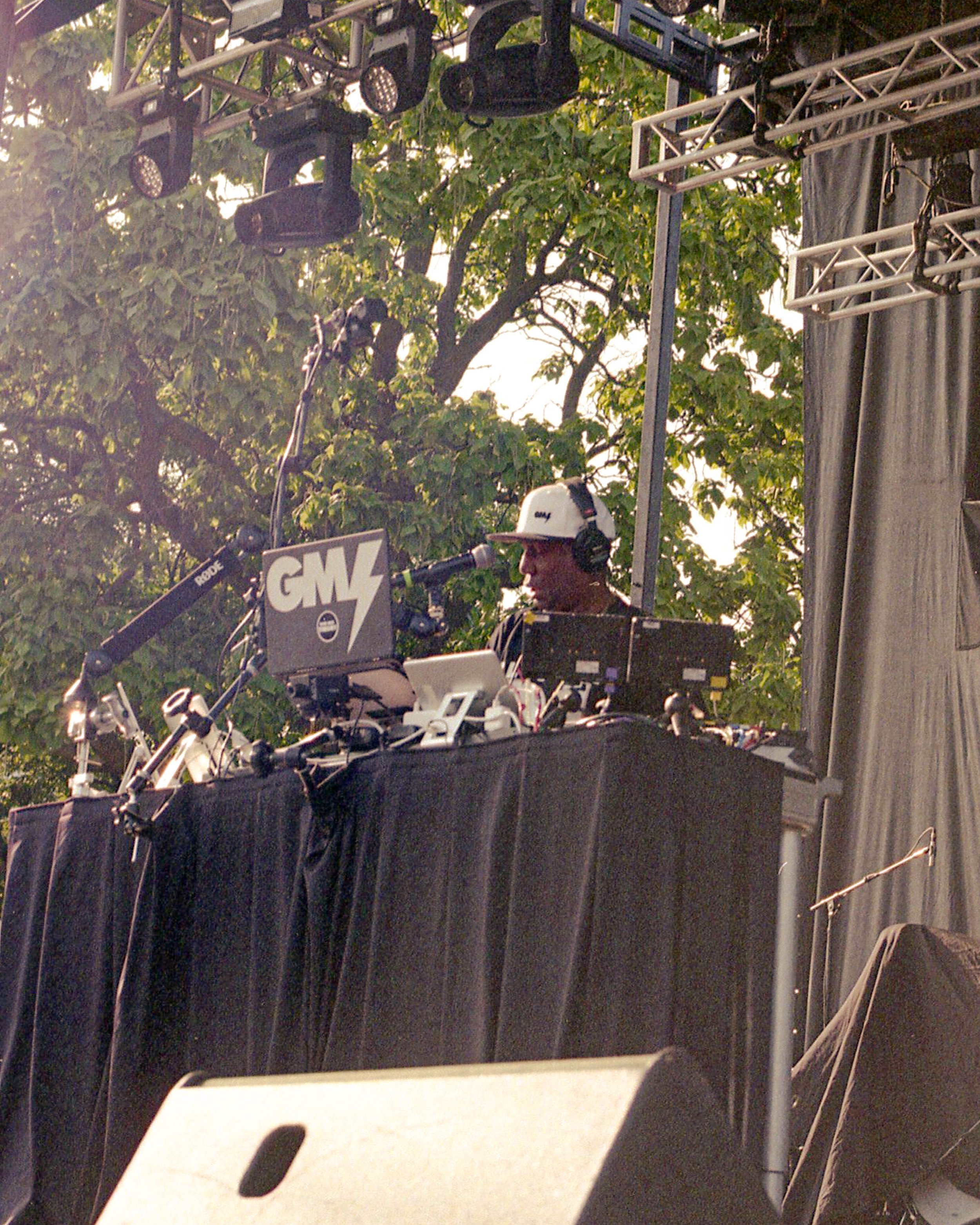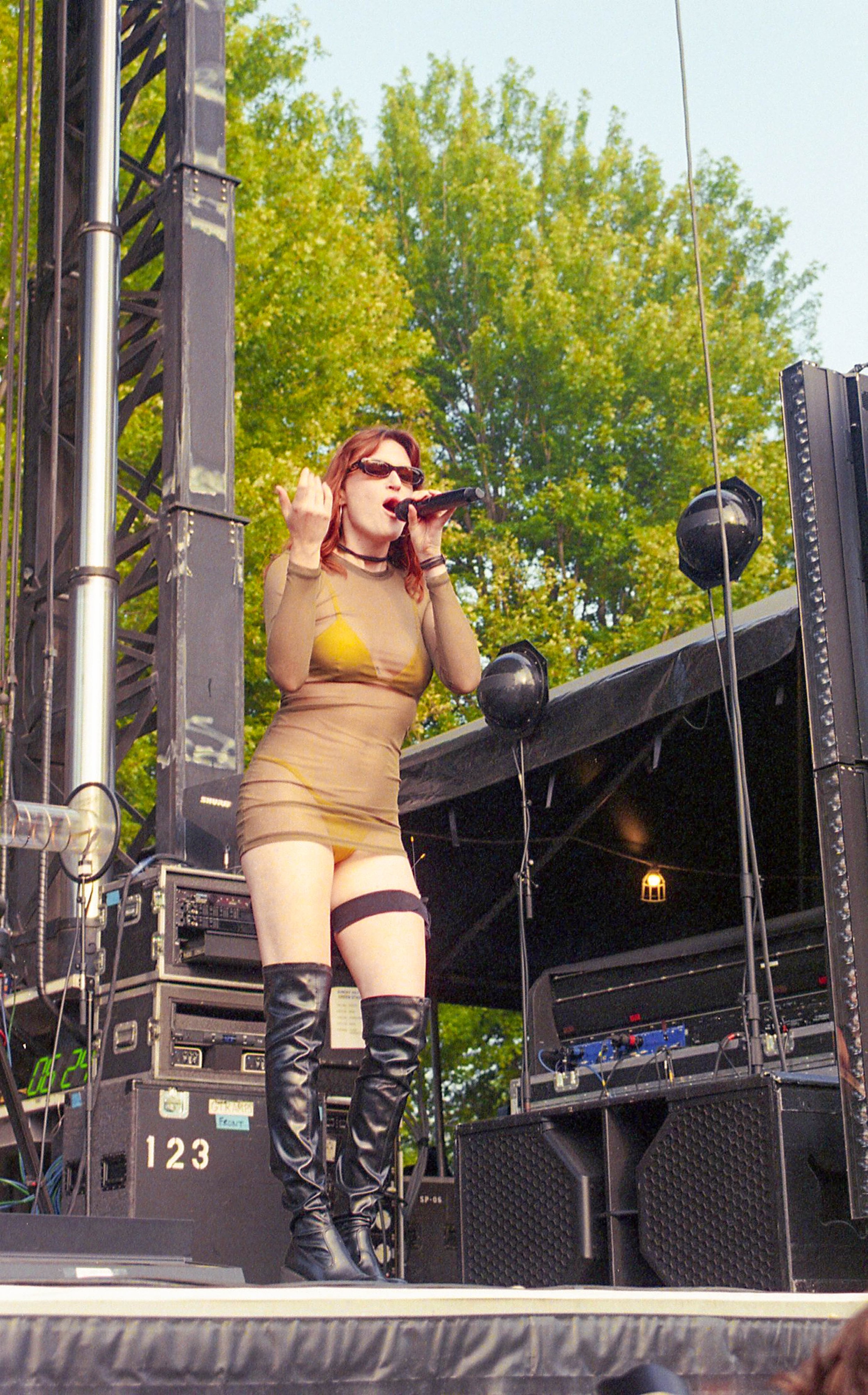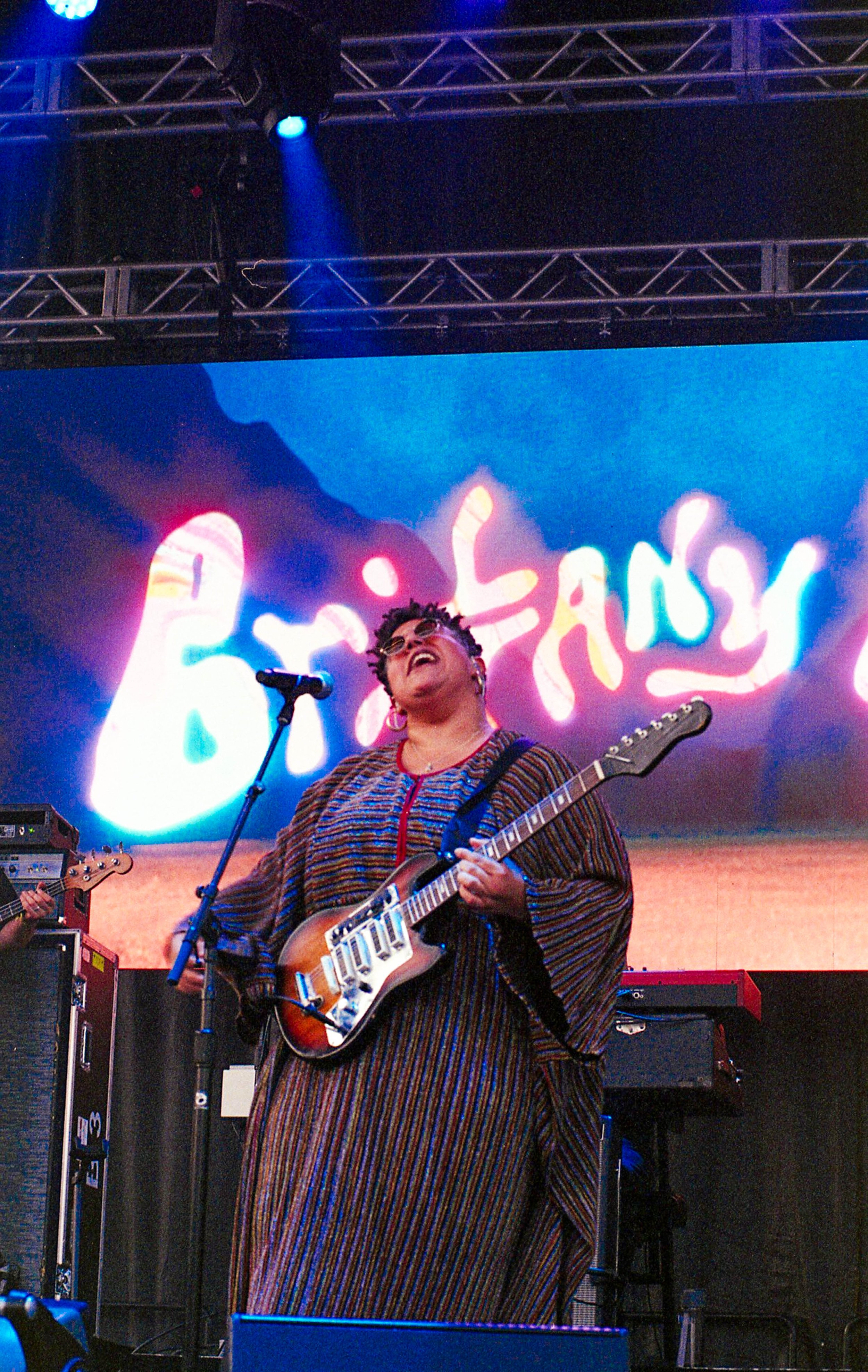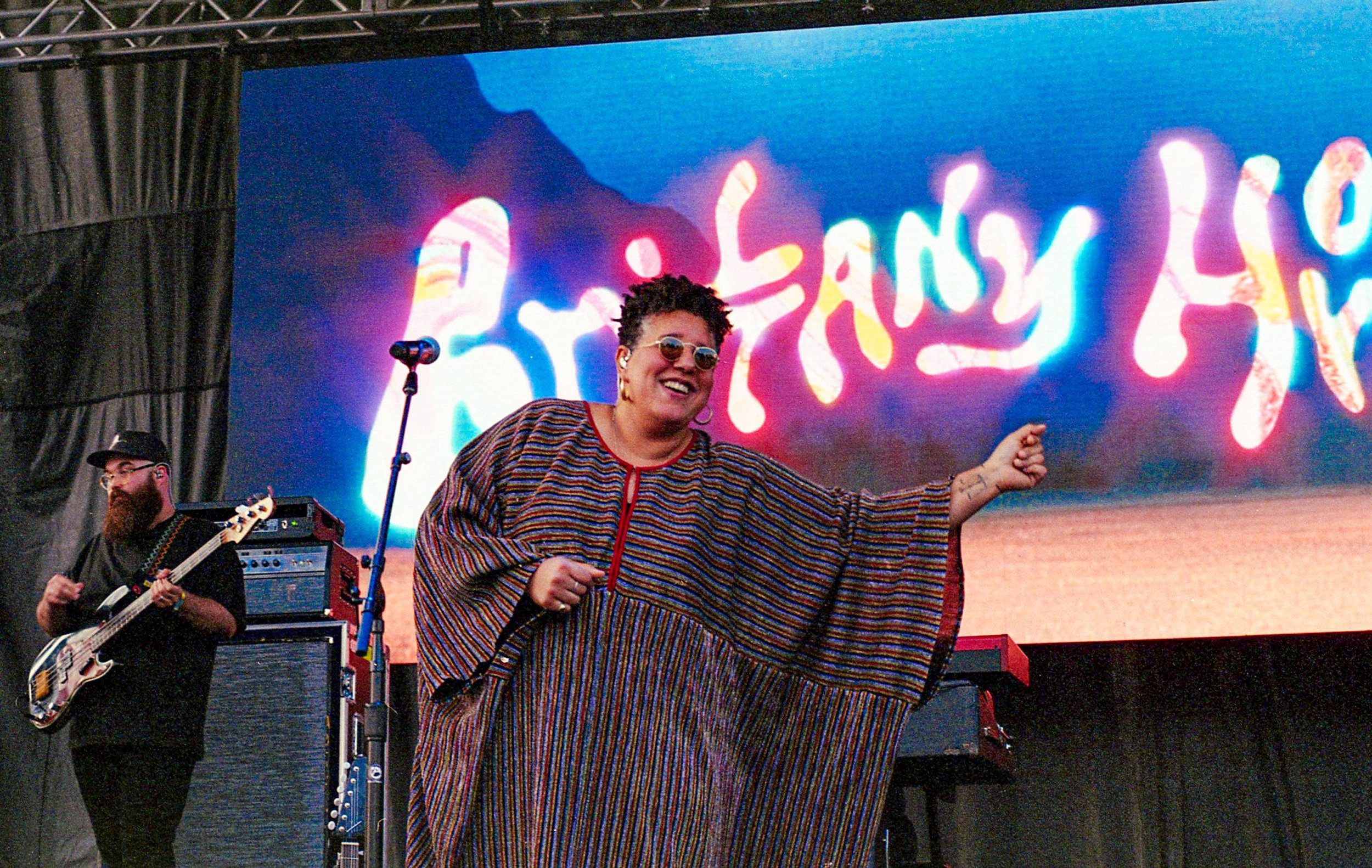talker – I’m Telling You the Truth | Album Review
/Self-released
A pretty common aspect of the human condition is trying your damnedest to avoid broadcasting your “baggage” to those around you. We are essentially walking amalgamations of our past traumas, our pain, our experiences, our influences, and letting those imperfect parts of us show can be awkward at best and debilitating at worst. It’s easy to spend years pushing these feelings down because dealing with them feels like too much. On top of that, many of us have an intense aversion to confrontation, causing us to bottle up those feelings and avoid them at all costs. When you spend your whole life bottling things up, letting others in and allowing them to see what you perceive as flaws is the last thing you want to happen.
Growing up in an intensely religious environment, suppressing my queer identity, dealing with the aftermath of my parent’s divorce since the day I was born, and constantly feeling like people could see my emotional wounds led to me avoiding that trauma for years. As I’ve entered adulthood, the outside problems of the world have compounded with these preexisting traumas. As a result, even the slightest confrontations or personal revelations can feel like too much of an undertaking to deal with, even on my best days. As another Pride Month passes us by, it feels like there’s no better time to examine the topics of identity and confront the more challenging aspects of ourselves.
I’m Telling You the Truth, the debut album by Los Angeles-based indie rock artist talker (aka Celeste Taucher), appropriately confronts these themes in 11 raw, heartfelt tracks that tackle a multitude of tough concepts along a singular cohesive journey of self-acceptance. The catalyst to this is finally having those difficult conversations, not only with yourself but those closest to you. Every track on this album acts as its own unique excavation of the self, each time in a different way, but one is no more important than the other. talker has spent years suppressing her sexuality due to her religious background, she’s facing the challenges of being in your late twenties as part of a generation that was set up to fail from the start, as well as trying to balance her relationships with others and the relationship to her genuine self. Every single theme visited on I’m Telling You the Truth couldn't be more relatable to my journey, and in that regard, it is a record that feels like deep confessions of a close friend wrapped in brutal, glittery indie rock bops.
One of the most impressive aspects of this album is how the musical approach and formatting mirrors the thematic approach of the overarching concepts. Each song, both musically and lyrically, feels like it could be a part of a different album, but at the same time, they relate so well to each other across every minute of the release. I’ve often felt that many of the records I have consumed lately tend to overstay their welcome, especially when coming from more of a pop-oriented approach. In refreshing contrast, I’m Telling You the Truth sits comfortably at a 38-minute runtime, and the versatility of the record ensures not a second of it is wasted.
The album’s opening track, “In Memory of My Feelings,” teases with a thin texture and soft vocals, introducing a warm country twang from Taucher before erupting into a true album opener of dynamic rock-adjacent proportions. Fierce punk flavor attacks in the following track, “TWENTYSOMETHING,” baring the teeth of the album’s base emotions and making sure the listener is matching talker’s headspace before we’re even two tracks in.
The textures and myriad influences of the record are what really shine for me and continue to impress on repeat listens. “Everything is Something (I Never Saw Coming)” boasts clear influences from Talking Heads, but when rendered in talker’s style, hits more like one of Imogen Heap’s lighter tracks – a very easy pull for me. Similar musical themes come back later in “Return to Sender,” and talker truly excels in tethering each song together in a familiar way while offering something different each time a new sequence is introduced. The indie rock roots are all there and feel very reminiscent of popular rock tracks from the late Aughts while showing real growth, elevating the affair above simple influences and reverence. Light vocal effects, layered guitar textures, and soaring melodies create earworm after earworm that makes it hard to pick just one favorite.
That being said, it’s hard to ignore the raw power working behind the track “Drag Your Feet,” co-written by Reade Wolcott of LA ska band We Are The Union, whose unmistakable influence can be heard throughout the song. The simple structure, emotional hooks, and tenacious guitarwork all fuse together to create a nostalgic and refreshing summer track that will keep you going until October. Even the following cut, “Say My Name,” could fit squarely on a female-fronted rock record of twenty years ago but feels so at home, bringing some much-needed softness and light to the current indie rock climate. Easy drum beats and twinkly guitar textures make it feel like you could close your eyes and be transported to your childhood bed, yapping to your friend about nothing in particular on your translucent, neon landline, tying up your parent’s internet for hours. This specific atmosphere created by the music smartly contrasts the uncertainty and troubled emotions of the lyrics, effectively cementing these feelings of inner conflict.
The debut LP from talker operates gorgeously as a raw look at the complexities of growing up and growing into yourself. It’s a friend to confide in when you feel like you can’t talk to anyone about your problems, not even yourself. Albums like this don’t come around every day, and I’m glad we have an “album of the summer” contender that doesn’t feel disingenuous or cramming minutes into a record while having nothing of value to say. While others choose to forego substance for vibes, I’m Telling You the Truth is doing just the opposite – speaking from a place of awkwardness, a place of fear, a place of feeling like everything is too much – and always having something genuine to say. The truth can be a hard pill to swallow. Even harder to present to those around you. I’m glad talker is here to make the truth feel less terrifying and show us how liberating it can be to finally open up.
Ciara Rhiannon (she/her) is a pathological music lover writing out of a nebulous location somewhere in the Pacific Northwest within close proximity of her two cats. She consistently appears on most socials as @rhiannon_comma, and you can read more of her musical musings over at rhiannoncomma.substack.com.




